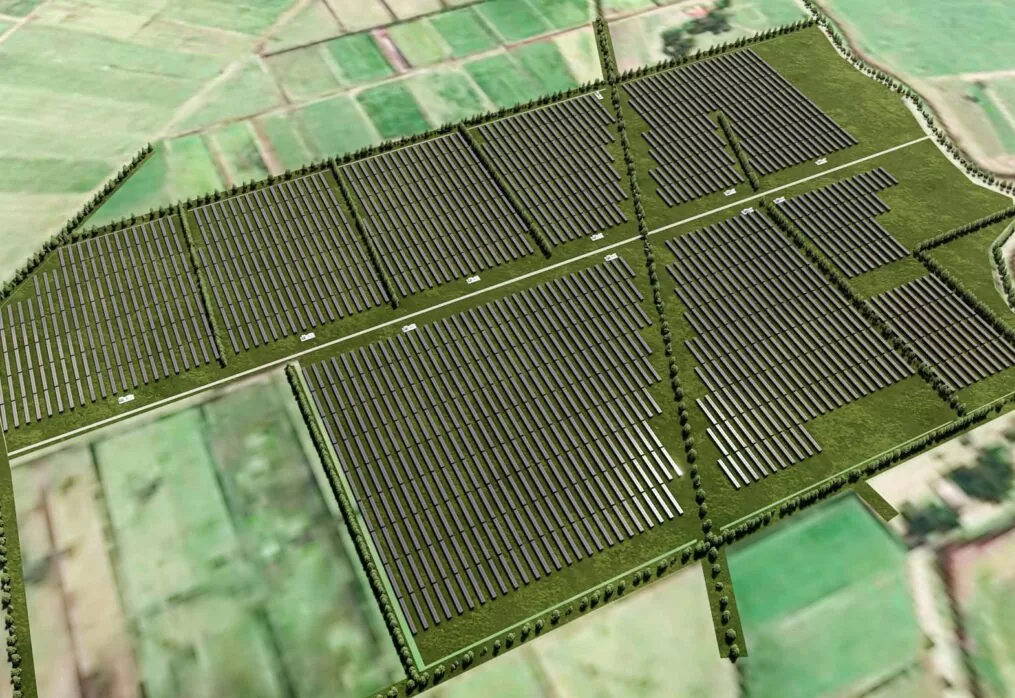How Solar can play a part in New Zealand’s energy-scape
Why Solar?
Utility solar has many advantages over other generation, making it a critical component of a diversified electricity grid.
It is renewable, uses little water, creates no pollution, makes virtually no noise and releases zero emissions. Solar’s impact on the surrounding environment can be negligible if sited properly, blending into the surrounding countryside through careful landscaping.
Solar is the only form of electricity generation that doesn’t require extreme heat, high pressure or fast-moving parts giving it a long life, without high initial construction costs. Like hydro dams, solar farms will deliver valuable energy for generations, without the generational costs.
New Zealand is well placed geographically to support utility solar. Each of Lodestone’s initial solar farms are in the country’s sunbelt, between the 34th and 39th parallel, placing them at the equivalent latitude of the Mediterranean and Southern California where solar generation is common.
Developments in battery technology mean that electricity generated during the day from utility solar will soon be stored by battery for distribution in the evening.
Rapid advances in technology has seen the cost of solar fall sharply in recent years. The recent cost decline, combined with the valuable daytime energy production, have made solar economically viable in New Zealand.
Meeting demand with solar farms
Globally, over 580 gigawatts of solar power generation has been installed already – enough to power New Zealand 15 times over.
New Zealand is facing increasing demand for clean, renewable electricity as the economy continues to grow and we take steps to replace fossil fuels to reduce emissions.
Transpower has estimated New Zealand will need to double electricity generation by 2050 as the vehicle fleet is electrified and fossil fuels are replaced with electricity in industrial heat processes.
New renewable generation plants will be required as New Zealand aims to decommission its remaining coal and gas-fired power stations by 2030.
Solar, alongside existing hydro, wind and geothermal generation, will all be needed to generate more electricity to meet our growing demand.
Lodestone’s first five solar farms will increase New Zealand’s solar production by eight times and act as one diversified power plant, reliably feeding electricity into local networks.
The solar farms are more than just a power station – they have been designed to support continued agricultural activities around the solar infrastructure.
This agrivoltaic approach allows the land to continue to be productive agriculturally, with over 80% of baseline farming yield expected when the solar farm is operational.
With only the tracking system moving, solar farms have little or no audible impact on neighbours and will have a negligible impact on the surrounding environment. Solar energy production uses no water, creates no pollution, makes virtually no noise and releases zero emissions.
